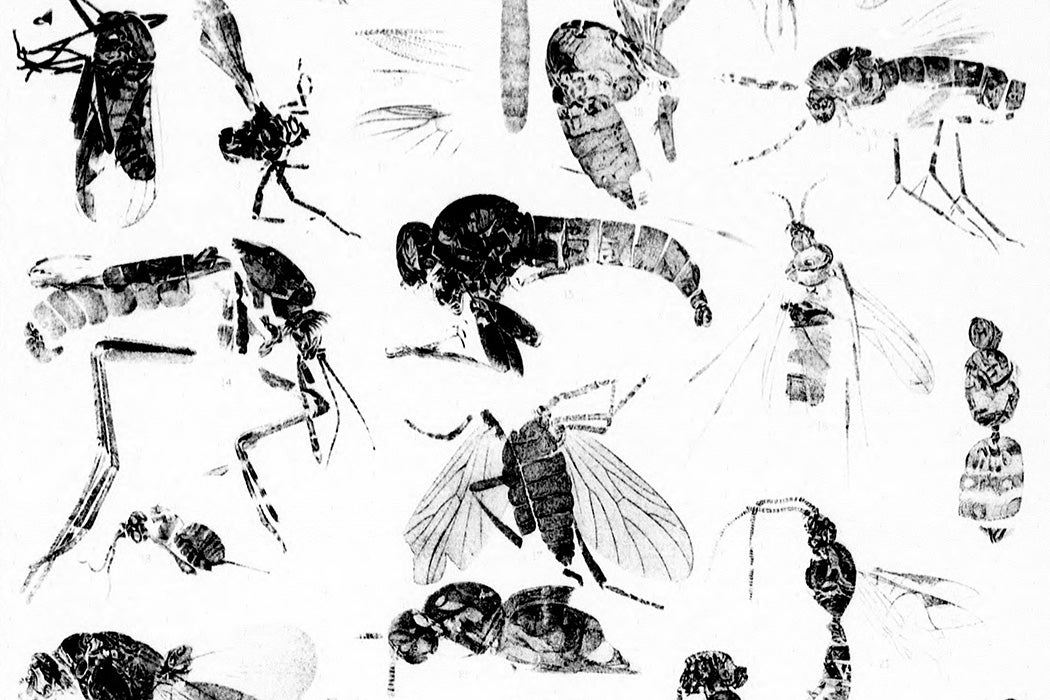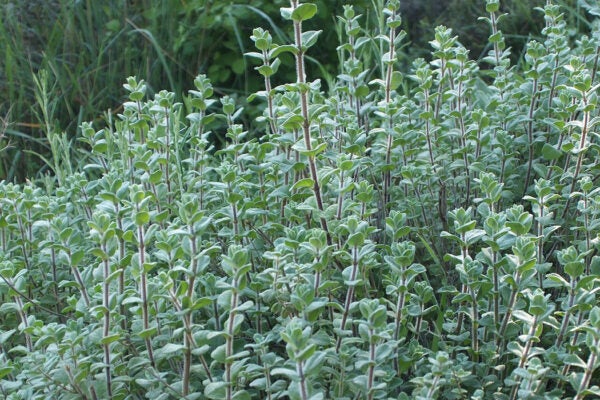Evidence of the human past comes in many forms, not all of them human. Take insect fossils: archaeoentomology has revealed these to be helpful clues to the past, as scholars Véronique Forbes, Frédéric Dussault, and Allison Bain detail in their review of Quarternary entomology in the North Atlantic.
The authors explore the histories of Paleo- and Neo-Eskimo settlement north-eastward into the Canadian Arctic and Greenland as well as the later Norse settlement westward through the Faroe Islands and Iceland to Greenland and Newfoundland. The examination of often tiny, preserved insect remains
has significantly contributed to our understanding of past subsistence and economic strategies and their impacts on North Atlantic landscapes, notably by highlighting the crucial roles human migrations and trade activities have played in reconfiguring the North Atlantic biota over the last millennium.
Put simply, humans carry insect-hitchhikers wherever they go. For the pastoralist Norse, these include species like human lice, sheep lice, and sheep ked (a type of wingless fly). Norse settlement also introduced numerous species of beetles that live off cultural products like hay and stored grains. The Norse settlement (beginning in 980 CE) and abandonment (by the 1500s) of Greenland can be tracked by the introduction and then the disappearance of such specific insect species.
The Norse cleared land for farms and let domestic herbivores roam, meaning that in addition to introducing insect species, they also influenced the populations of indigenous insect species. Sometimes they diminished local species, other times they fostered them. An example of the latter is found in the earliest site of an eiderdown production facilities in Iceland. Among the evidence: remains of lots of Ceratophyllus fleas in a floor layer in Vatnsfjörður. This species of bird flea infests the nests of the eider duck, whose soft, light, and incredibly warm down was a vital source of income for Icelanders.
“Insects are still common in houses today, and when recovered from old houses they can be used as proxies to evaluate past living conditions,” note Forbes and co-authors.
Increasing numbers of flies, whose larvae breed in feces, for instance, suggest harsher, grimmer times. When combined with other evidence, they can suggest the difficulties of living in such remote, isolated communities.
The First Nations peopling the Canadian Arctic and Greenland, meanwhile, tell a different story. Hunter-gatherers, the Paleo-Eskimos didn’t introduce domestic animals. But of course they still had insect hitchhikers. Archaeoentomological research reveals changing climate conditions (insect species found well north of where they are now); hunting conditions (carrion flies and carrion beetles); and types of settlement (beetles in plants and tree boughs used for bedding and floor litter).
Weekly Newsletter
At Uivak Point in Labrador, for instance, domestic evidence of a particular bark beetle that “attacks recently broken, cut, or fallen spruce and pine trees” is another piece of evidence to suggest that wood was being harvested deliberately rather than just randomly collected. This coastal site remains treeless to this day, perhaps a legacy of the cultural landscape in which deforestation occurred for fuel, construction material, and home-making.
Insect remains, write Forbes and co-authors, have
contributed new insights into a wide range of questions, from the reconstruction of site-scale economic and domestic actives to the assessment of the nature, timing, and impacts of the complex interactions between humans and their environment.
The authors also note the oldest human louse bits discovered in the region under review were found in western Greenland. The remains date to the second millennium BCE. The head louse, Pediculus humanus, hooked up with humans long before the Norse and Greenlanders met. But this lousy tale is a whole other entomological (and human) story.







